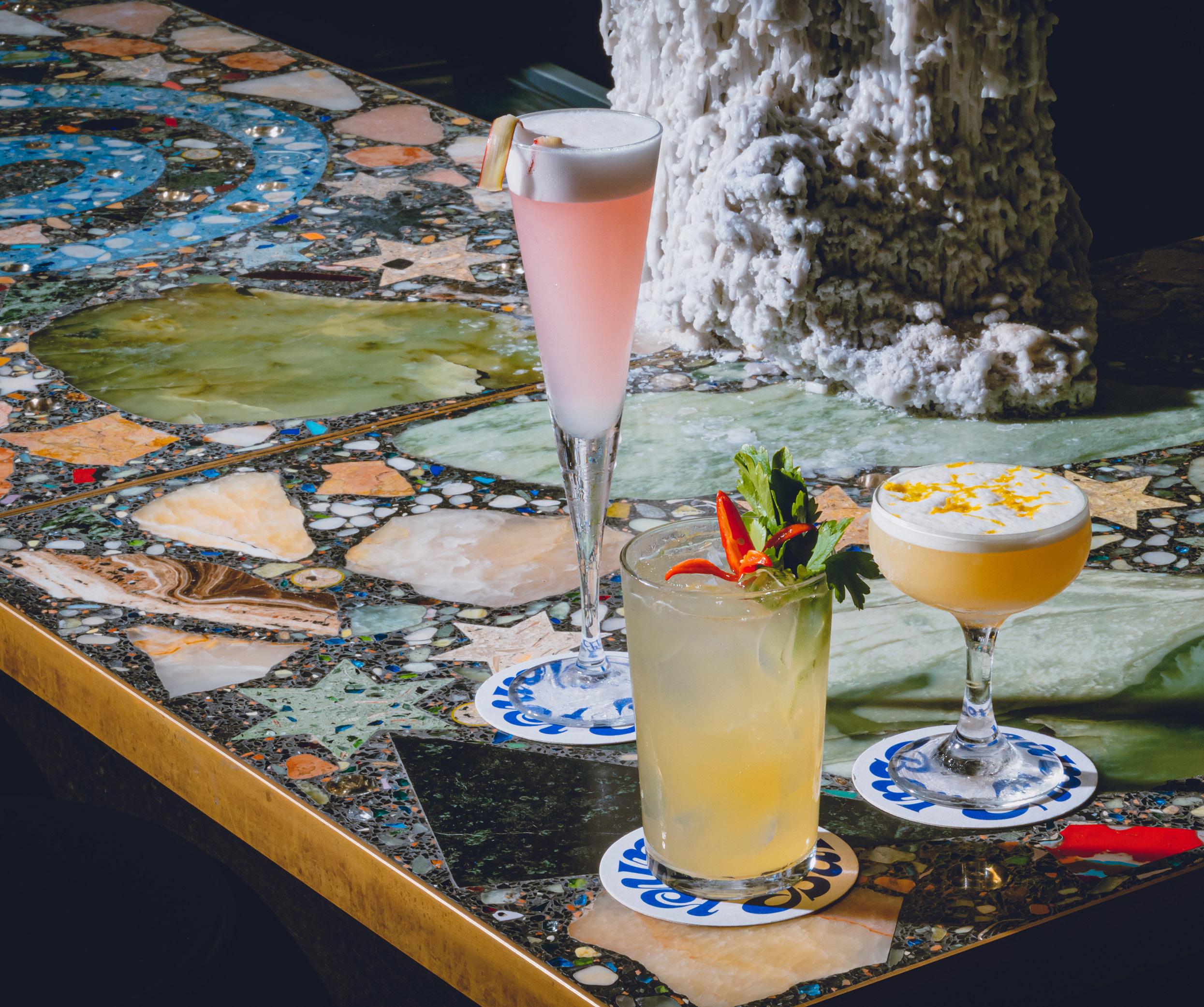
6 minute read
DRINKS: SAVOURY COCKTAILS
The shift to savoury
Bartenders are crafting drinks with salinity and piquancy front of mind.
WORDS Molly Nicholas
PHOTOGRAPHY Dexter Kim for Bar Planet and Jake Scevola for Vinabar
BRINE, BREAD, AND broth were once the domain of the kitchen, but savoury elements are now finding their place behind the bar. The appeal of savoury cocktails has continued to grow as guests look for options beyond martinis, with the segment ultimately marking a new beginning for professionals and the public alike. From shiitake-infused bourbon to sourdough-laced cocktails, bartenders are embracing less-traditional ingredients in pursuit of drinks that go beyond sweet, fruity, and sour.
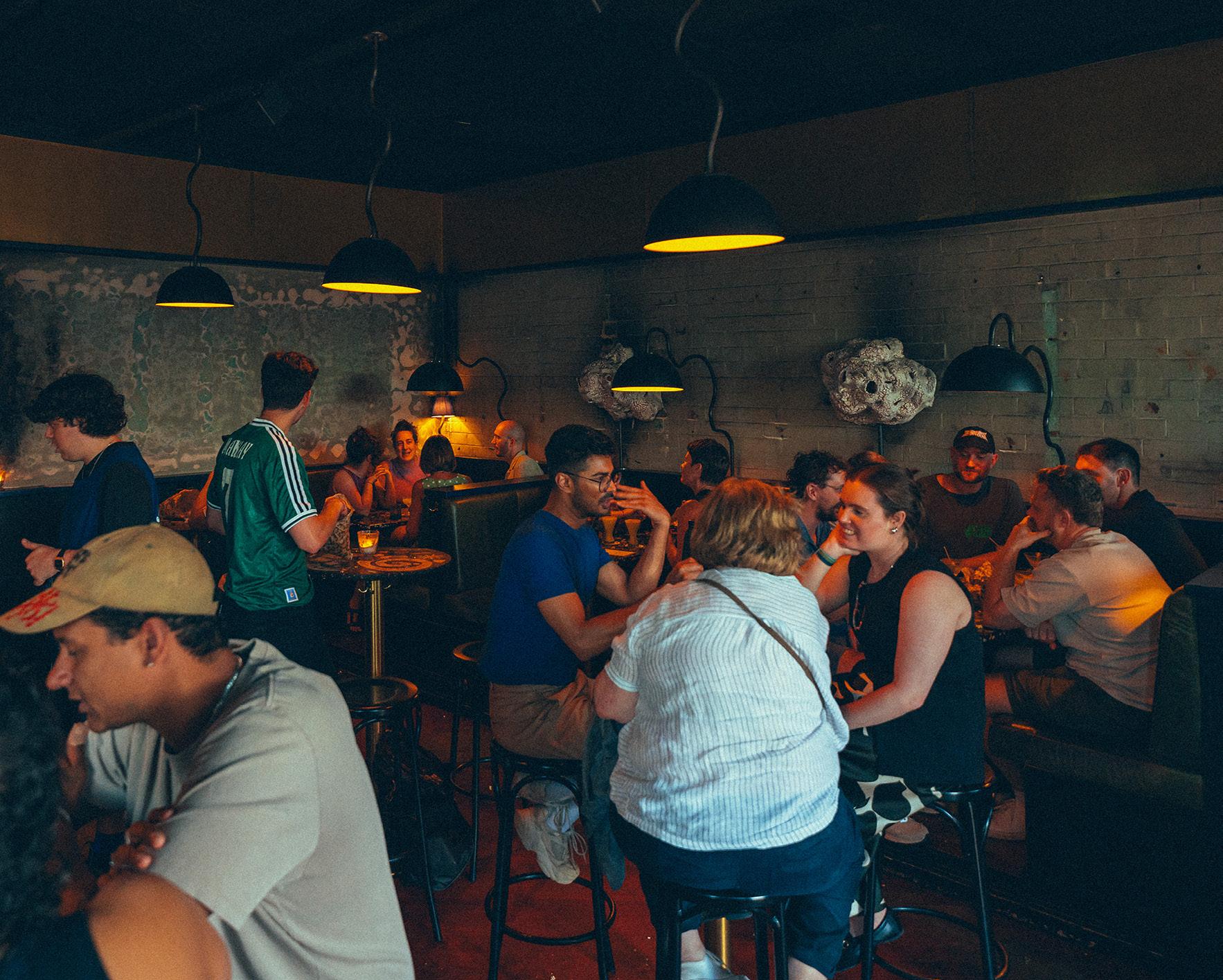
At Bar Planet in Sydney’s Enmore, Velo is a cocktail that reads like a dish. The sour is made with buttered Cognac, lemon, Pineau, a dash of salt and a syrup made from AP Bakery’s baguettes. The drink is listed on the BFFs menu and is a product of industry crosspollination. Mucho Group’s Creative Director Jeremy Blackmore says Velo is about pushing boundaries and delivering a drink with complexity. The process begins by toasting baguettes and blending them with sugar and malt to make a syrup while the Cognac component is made by combining the liquor with melted salted butter. “We let it mingle for a bit and put it in the freezer to remove the solids,” says Blackmore. “The butter goes back to a solid and we skim it out, so you’re left with a clear but really delicious, textural Cognac. The flavour carries over really well.”
When you get the right contrasting ingredient it really pulls the whole thing together and feels like a complete cocktail.
– Jeremy Blackmore
Vinabar is hidden behind a banh mi cart in a Sydney CBD laneway and is another venue championing savoury elements. Venue Manager Tony Yang has drawn inspiration from Vietnamese cuisine, having spent plenty of time perusing Vietnamese markets in Marrickville, which is where the idea for the Fungus Among Us cocktail was born. The drink is a twist on an Old Fashioned and features bourbon infused with shiitake mushrooms and orange zest.
“I started by finding a spirit that would pair well with a strong, earthy fungi and found the sweeter notes of Maker’s Mark whisky worked with shiitake,” Yang tells Hospitality.

Though shiitake initially dominated the palate, multiple rounds of trial and error led to the addition of fresh orange zest. “The orange cuts through the earthiness while letting parts of the mushroom shine through,” says Yang. “The fix also inspired the name which is a reference to the video game Among Us, and alludes to the idea of a flavour that does not belong but ultimately blends in with the rest.”
While Bar Planet’s Velo features baguettes, the Scarlet (sour whey, rhubarb-infused Pinot Grigio and Bar Planet’s Infinite spirit) incorporates a byproduct from local micro-cheesery Goldstreet Dairy. “With the whey, we’re using something [the owner] isn’t selling,” says Blackmore. “He makes cheese on Tuesdays and we’re able to pick up the sour whey on Thursdays. [The whey is] something that would basically go down the drain, but it is so delicious, even on its own. When you mix it with sugar, it has a sour, slightly savoury, tangy, almost yoghurt-y flavour. It adds a heap of texture to the cocktail and has ice cream notes that work with the sourness of the rhubarb.”

Structurally, Scarlet is a creamy spritz with a silky texture. It’s a combination that highlights the need to think in terms of texture and mouthfeel when incorporating unusual ingredients. “Savoury elements can add great texture, so something like whey adds creamy viscosity,” says Blackore. “Even something like olive brine at a low temperature will make a martini taste that little bit thicker. We’ve been using seaweed vodka we make ourselves in The Rocks which is made with fresh seaweed from Sydney. The saltiness and umami element pulls it together and makes a dirty martini super delicious.”
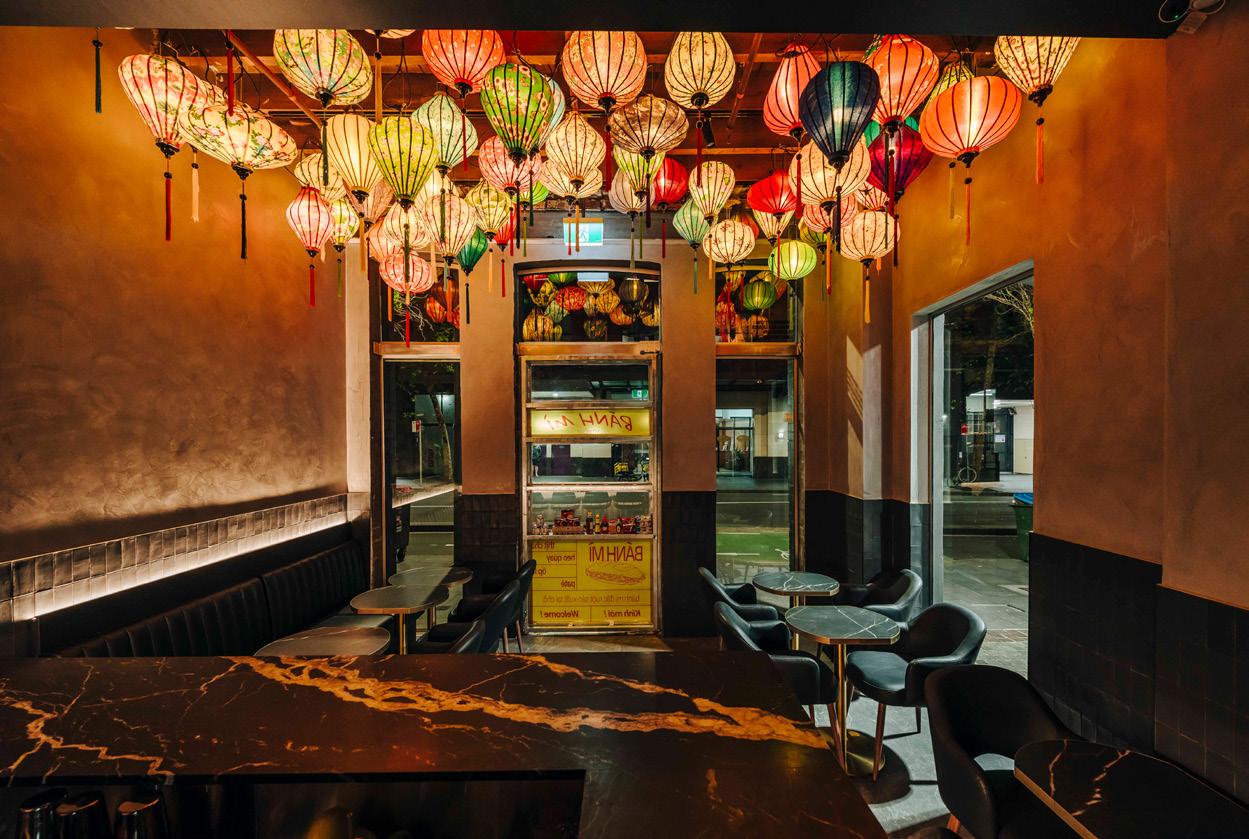
The dirty martini may be well established, but for bartenders looking to experiment in the savoury space, it’s a familiar and approachable entry point. Yang’s Opens with Sesame (pandan-infused Saigon Baigur gin, sesame oil, Dolin vermouth, olive brine) is a great example of what can be done with a martini-structured cocktail. “The nutty sesame aroma is the first thing you get when drinking this cocktail,” says Yang. “As you sip, the sesame oil coats the mouth, softening the intensity of the liquor and delivering all the flavours before the ethanol hit. It adds a good amount of body and balance to the citrus-forward gin and salty brine to create a soup-like experience.”
There are flavours that pair well, flavours that dominate, and flavours that do not sing together.
– Tony Yang
With the growing curiosity around savoury flavours playing out in bars across Australia, crafting such drinks is about more than swapping salt for sugar - it requires thoughtful sourcing and an understanding of balance. Blackmore says Mucho Group “builds cocktails with the idea that there are a few different flavour elements”. Starting with the alcoholic component, he builds his cocktails out with complementary flavours. “When you get the right contrasting ingredient, it really pulls the whole thing together and feels like a complete cocktail,” he says.
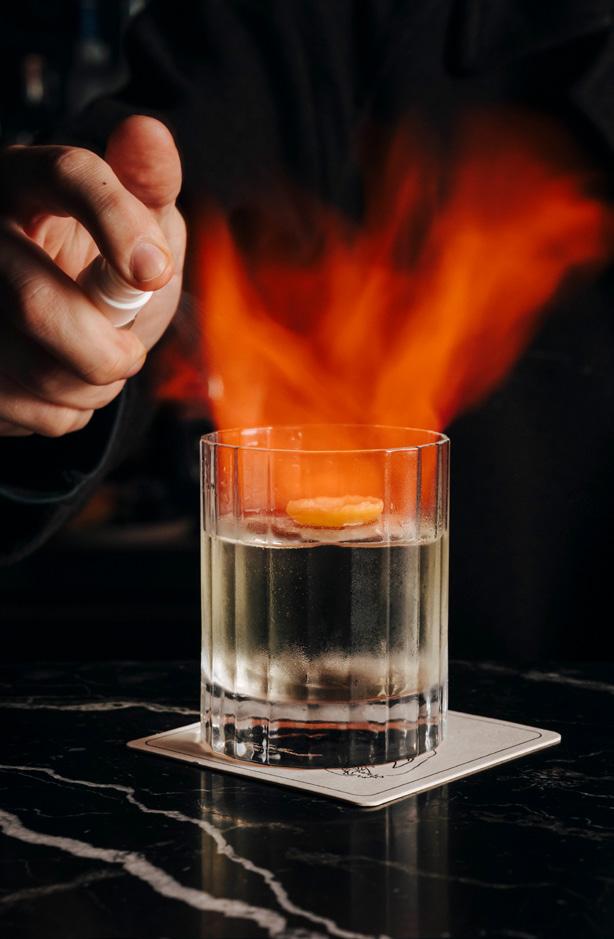
Yang echoes the sentiment and reiterates the importance of well-rounded profiles. “The mixology world is essentially a liquid parallel to the culinary world – there are flavours that pair well, flavours that dominate, and flavours that do not sing together.”
But it’s not just about balance, it’s also about curiosity. As bartenders explore new ways to express savoury profiles, many are looking to other cultures for inspiration. “There is so much treasure hidden behind different cultures, ingredients, and ideas that are traditional to said cultures that have not yet seen use in mixology,” says Yang. “Once that door has been unlocked and more people make those connections, I think we will see a lot more innovative flavours and concepts appear.”
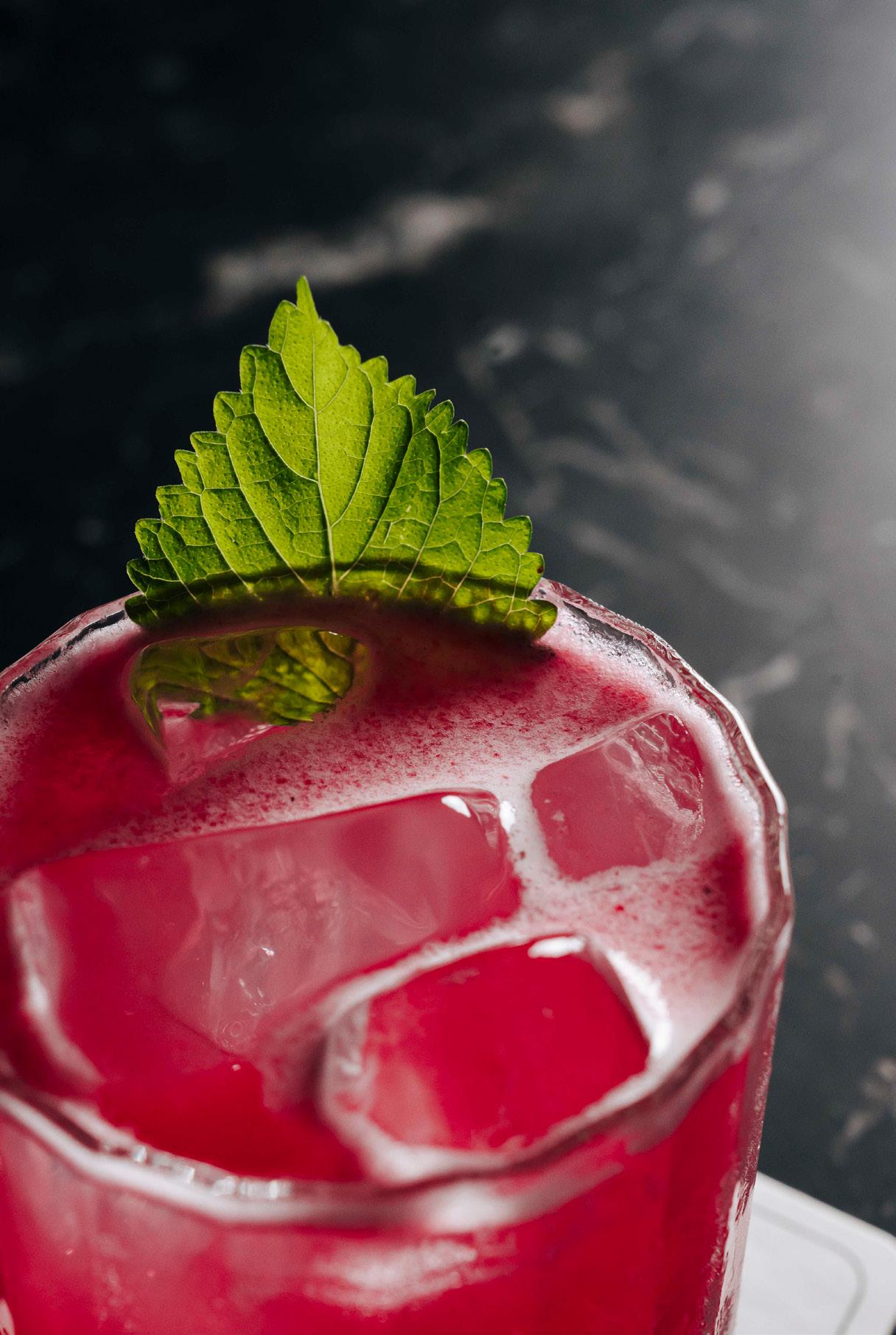
As cocktail flavours become more daring, setting expectations is key to a guest’s level of enjoyment. When consumers don’t understand a combination of ingredients, they often form their own expectations of what they hope a cocktail will taste like, which can sometimes lead to disappointment. “Personally, I will always communicate clearly in common terminology what to expect and warn those who do not like similar drinks to potentially steer clear.”
With that being said, Yang finds those who show an interest in savoury flavours typically enjoy them, with the rise of savoury cocktails signalling an evolution in the way consumers think about flavour.




